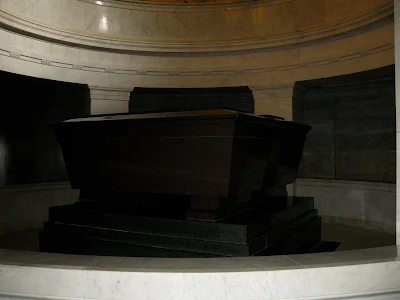-------------------------


An unlikely object of desire found at the Cat Street Market
An engraving on an antique compass spawns a search for answers. Thankfully, a reader comes to the rescue
We saw a beautiful antique compass at the Cat Street Market, which we got for HK$19, thinking it would make a great Christmas gift for a relative. However when we looked inside the cover of the compass and read the long engraving, we thought otherwise.
We've typed out part of the engraving here as we thought you might enjoy it:
“On the four corners of the bed the body becomes a compass describing the direction of passion. Months of desire arrive at this destination, rocking on a single almost silent wave we are sheltered by darkness.
"The body is a compass needle; you turned me from east to west awoke a sleeping giant that moves between your mouth and breasts and legs; the room illuminated by static electricity thrown off by our bodies.
How many decades did I sleep waiting only for you; I lust after you in all the directions of space. Meeting at the airport your foot touching my leg beneath the restaurant table, we secretly entered an empty banquet hall where the caterers chattered and poured drinks behind a wall partition then quickly leaving we found a deserted hallway of open office doors where we embraced. All the others in my life fell away."
We were left wondering. How on earth could this have ended up on Cat Street and what kind of romantic souls with a penchant for bondage play could have possibly owned it? A pair of star-crossed lovers forced to live in separate continents, perhaps? Or an epic extra-marital affair between a poet and his muse? Something mundane like a member of the Cathay Pacific mile high club and a mistress from Lockhart Road.
Thankfully, CNNGo reader rgucci came to the rescue, pointing out to us that the engraving is actually from a poem by Stephen Morrissey, aptly titled "The Compass." We feel a wee bit silly that our literary knowledge didn't extend that far. If you want to read the full poem, or any other of Morrissey's works, click here.
We wonder now whether the author is happy his poem has made it to the new antiques of Hong Kong's Cat Street.
The eclectic market sells everything from Mao memorabilia to sex compasses. The Cat Street Market is located on Upper Lascar Row in Sheung Wan. It is between Lok Ku Road and Hollywood Road.
The street is also called 'mo lo gaai' (with 'gaai' pronounced as 'guy') in Cantonese by residents in the neighborhood and is how it should be referred to when asking for directions to the market.









+039.JPG)
+036.JPG)
+030.JPG)
+028.JPG)
+009.JPG)
+015.JPG)
+010.JPG)
+011.JPG)






























.JPG)
.JPG)
.JPG)
.JPG)
.JPG)